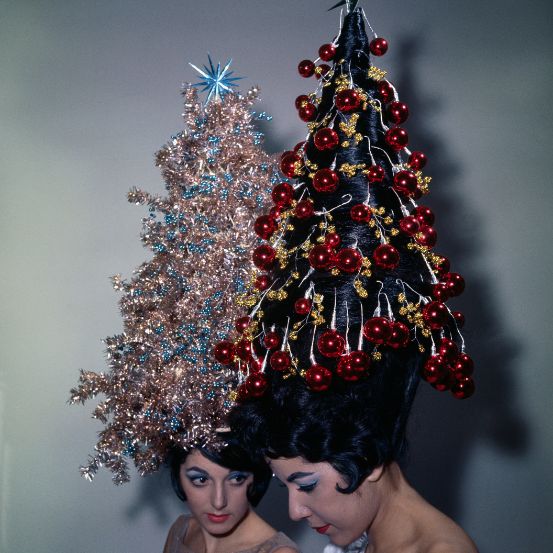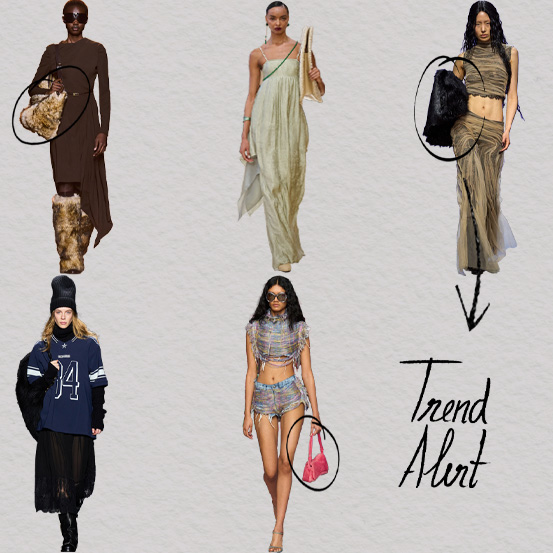It is not robots, nor overly metallic makeup. Contrary to what many sci-fi movies may have us believe, the look of the future bets on authenticity. All thanks to the aesthetic medical procedures that are revolutionizing our relationship with beauty.
It is not robots, nor overly metallic makeup. Contrary to what many sci-fi movies may have us believe, the look of the future bets on authenticity. All thanks to the aesthetic medical procedures that are revolutionizing our relationship with beauty.

Never in the history of beauty has the sector undergone so many changes as in the last few years. From advances in skin knowledge to the introduction of technological gadgets in daily routines, we are living an unprecedented cosmetic revolution - supported by consumers increasingly aware of their needs and open to innovative experiences. One of the areas that has flourished the most is aesthetic medicine, offering solutions that no beauty product can provide. Vogue Portugal spoke with Dr. Vítor Figueiredo, a specialist in aesthetic medicine with almost 20 years of clinical experience, to understand what the major changes in the sector have been and how plastic surgery may be about to become a thing of the past.
It would be important to start by clarifying two concepts that cause some doubts. What are the differences between plastic surgery and aesthetic medicine? First of all, there is a more general concept, which is medical aesthetics. Medical aesthetics has to do with aesthetic procedures performed by physicians, which may use surgical or non-surgical interventions. Medical aesthetics that involves surgical interventions is the field of plastic surgery itself. Then there is medical aesthetics that does not use surgical interventions - that is, it uses invasive or minimally invasive procedures, and is what is commonly known as aesthetic medicine. These are areas of medical knowledge that are still not being very well defined autonomously, because there is no specialty in aesthetic medicine like there is in cardiology, internal medicine... What do exist are different doctors, from different areas, who have a taste for a certain area and decide, outside their training, to deepen their knowledge in the area of plastic surgery and aesthetic medicine.
This issue is dedicated to revolutions. What do you feel has been the biggest revolution in aesthetic medicine since you started working up to this day? The question of revolution fits well with what we are currently experiencing. I have been working in this field for almost twenty years and what I do today is, in fact, revolutionary, relative to what I was doing ten or fifteen years ago. The first major revolution is in the typification of the procedures, as we use more and more minimally invasive procedures to control the aging process, without letting people get to a situation where they need very aggressive surgical procedures. Another aspect that, for me, is revolutionary as well, is that the techniques that I use, I use them for a certain purpose. These are applied earlier, but the purpose is extraordinarily preventive and not exactly corrective. Then, the third aspect has to do with the techniques. The area I dedicate myself to is non-surgical facial rejuvenation, and I use protocols that I created myself - I use them according to my experience, according to my objectives, so that, above all, there are very natural results. Today we want faces to look cared for, but not treated. This is an aspect that, for me, has become very demanding over time, which is to try to evaluate each person according to their individuality and, within the characteristics of each, to enhance the natural lines.
Do you feel that the public is open to that individuality, or is it still common to take a photo of a celebrity to ask for a standardized type of face? We professionals have a style, and people identify with our style. Now, that's not my style. And people, when they come to me, know that I won't be working on anyone's face to try to format it according to a photograph that someone brings me. This should not be the main purpose of medical aesthetic interventions, because we can't make two people the same - we have to work each one according to what the characteristics of each face allow. That's where, for me, the fundamental objective of all medical aesthetic interventions comes from, which can be summed up in one word: naturalness. We are working on the faces so that in the real world, in everyday life, when a people express themselves, communicate, smile, when they kiss, when they make certain movements, everything seems to be in harmony. We work a lot on the concept of a dynamic beauty, not a static beauty.
Step by step, how is the process of performing an aesthetic medical procedure carried out? First of all, there is always a contact made by my staff, where they try to evaluate what the expectations and motivations of people are, in order to be able to schedule, according to the availability of each person, a calm, peaceful and tranquil moment. With me, nothing is done in a hurry. The first consultations take place in my office and last about an hour, to be able to assess exactly the needs, the diagnoses, the expectations, and then to plan the treatment correctly, in a relationship that I always want to be long-lasting. Then, people are presented with a plan, which they decide to follow or not. If they decide to follow it, we move on to the actual treatment phase, whatever [treatment] is within our protocols. The day after, we always follow up with them [the patients]. They have our contact, and they can share photos, give feedback, suggestions, and we do periodic follow-ups, within the needs of each person, so that people can age, and we can use these protocols, for them to age a little more slowly.
Two of the things that patients worry the most about are pain and recovery. In the case of minimally invasive procedures, are these reduced? There are many nonsurgical procedures that are as complicated or more complicated than a surgical procedure. But those two points [pain and recovery] are key. All the protocols that I developed over time, which are the ones I practice today, have two objectives. First, to provide a good experience, because nobody comes back to a place where they get hurt. Secondly, nobody today has much time to do the kind of procedures where they have to be at home for a week. It's just not feasible. Today, 95% of the procedures I do, in terms of rejuvenation of the face, neck and upper body, the person, if they want, tomorrow can be at a wedding, in the afternoon they can be on TV. This is also a fabulous revolution. And this comes from only one place: it comes from our technique, our art, our experience.
What can we expect in the next years of aesthetic medicine? The tool that I would most like to have is to be able to take an x-ray or a blood test from a person and know how fast that person is going to age, if they are going to have wrinkles or sagginess... If I could know that I would be able to know, objectively, what I had to do, when, how often, and prepare for the aging process. But this tool does not exist and never will, so I have to try to approach it, sometimes a little subjectively. To do that, I have two ways. First, we work a lot on the hormone supplementation part and the hormonal control of the aging process. The main aging factor is genetic - it comes from the inside out. As for the other aspect, I try to anticipate what the future can be. I always tell people: the question we want to answer is not how you want to be today (whether you are 30, 40, or 50 years old), but how you want to be in ten years. It is always this previous study that I do in the consultation, to try to anticipate what is going to happen with each person and to have individualized techniques and strategies. In terms of the techniques themselves that may be revolutionary in the future, I'm also always looking forward to them. From the surgical point of view, the techniques are more or less stabilized. Now, the big challenge for the future lies in our understanding of the aging process. People have to look cared for without being treated, they have to look natural. And if this message gets through, the others around them will like the message, they will like the product. That, to me, is the main principle and what has to be revolutionary - it is the sophistication of our product.
Originally translated from The Revolution Issue, published April 2023.Full stories and credits on the print issue.
Relacionados




.jpg)

.jpg)

